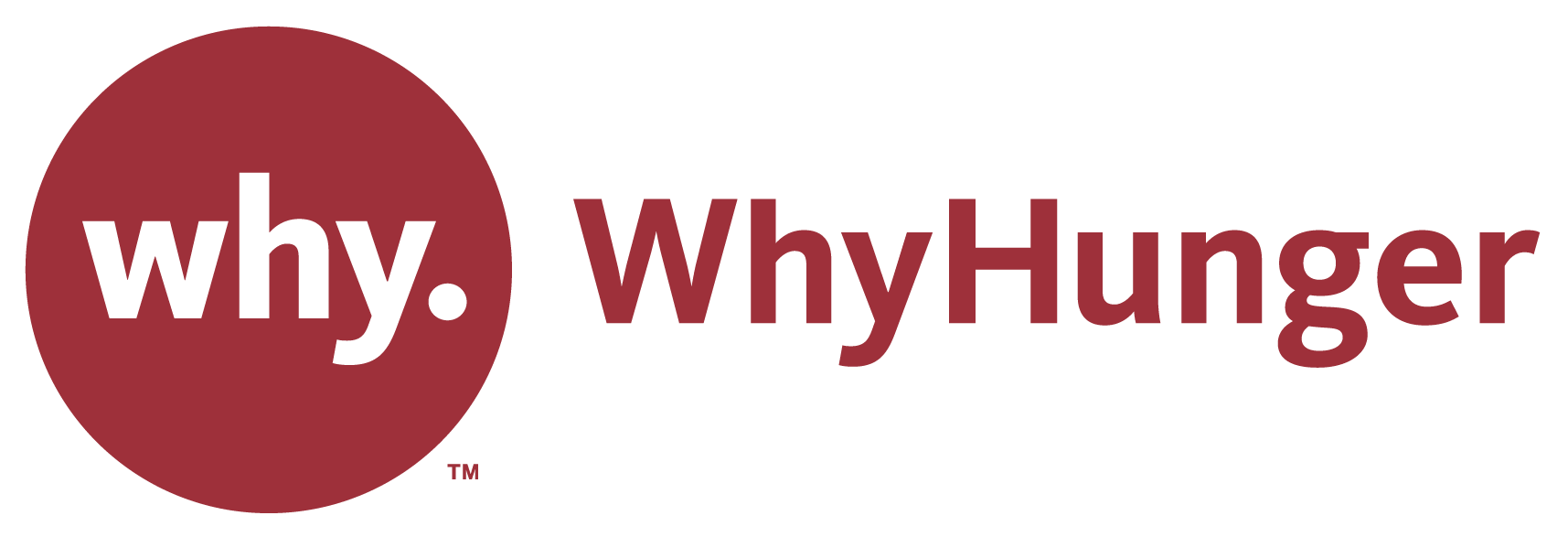Please read these questions and let us know what your organization and others in the Jayhawk State are doing to move legislation and policy in a direction that helps those in need.
Virtually all states have budget deficits and extensive financial problems this year and beyond. The states are also the custodians and administrators of multi billions of dollars of federal assistance programs. State policies related to hunger and poverty contain a great deal of state money that is in short supply right now but much more federal money that can grow as the use of the programs grows.
These state policy questions are meant to begin a conversation about how states can deliver more services to their citizens who are facing extreme long term unemployment, hunger, home foreclosures and loss of health insurance and pensions.
Please read them and let us know what your organization and others in your state are doing to move legislation and policy in a direction that helps those in need, especially the poorest of the poor, the millions of new poor, seniors, returning vets, children and the homeless.
Our intention is to create a place on our website that will highlight policy actions that state based organizations are taking and how they are proceeding. We also hope to host a WhyHunger State Policy Award for the best state policies in the U.S.A.
1) In Kansas, the 5.3% state tax applies to food as well as non-prescription medicine. Most states do not tax food or non-prescription medication. Is there a movement to exempt food and non-prescription drugs from taxation?
2) Kansas has a very high rate of low or very low food security, yet only 58% of eligible people receive SNAP. This is below the national average SNAP participation. Kansas also has one of the lower rates of WIC participation. Is anything being done to increase participation in SNAP or WIC?
3) Why is there no Seniors Farmer’s Market Nutrition Program or WIC Farmer’s Market Nutrition Program, especially when there are so many farmers markets? Is there any effort to establish one?
4) The percent of students who participate in both the School Lunch Program and School Breakfast Program is 43.1%, below the national average of 45.6%? Why are so few students participating in both programs?
5) Kansas has one of the worst rates of participation in the Summer Nutrition Program if compared to the number of children that participation in the School Lunch Program. Why do so few children participate? Is there any effort to increase awareness or food distribution sites?
6) 13.6% of taxpayers receive the federal EITC. This is below the national average of 15%. Is any effort being made to increase the number of people receiving EITC?
7) Over 25% of jobs in the state of Kansas have an annual salary below the federal poverty level. Is there any effort to increase the minimum wage to help lift families out of poverty? Are there any efforts to bring living wage jobs into your state? If so, what organizations are advocating for these causes?
8) LIHEAP only serves 11% of households, far below the national average of 19.6%. Further, the minimum heating benefit is $40 which is one of the lowest in the nation. What is being done to increase the number of households served? Who, if anyone, is advocating for a higher minimum benefit?
9) What other statewide policies or programs are you aware of that are helping to fight hunger and poverty, or are there any that are responsible for increasing it?
Please let us know what your organization and others in your state are doing to move legislation and policy in a direction to address these questions by contacting Executive Director and Co-Founder Bill Ayres at [email protected].
Feel free to inform us of any mistakes we may have made in any of these questions. Also we would appreciate any comments on policies or statistics that might have been overlooked.

